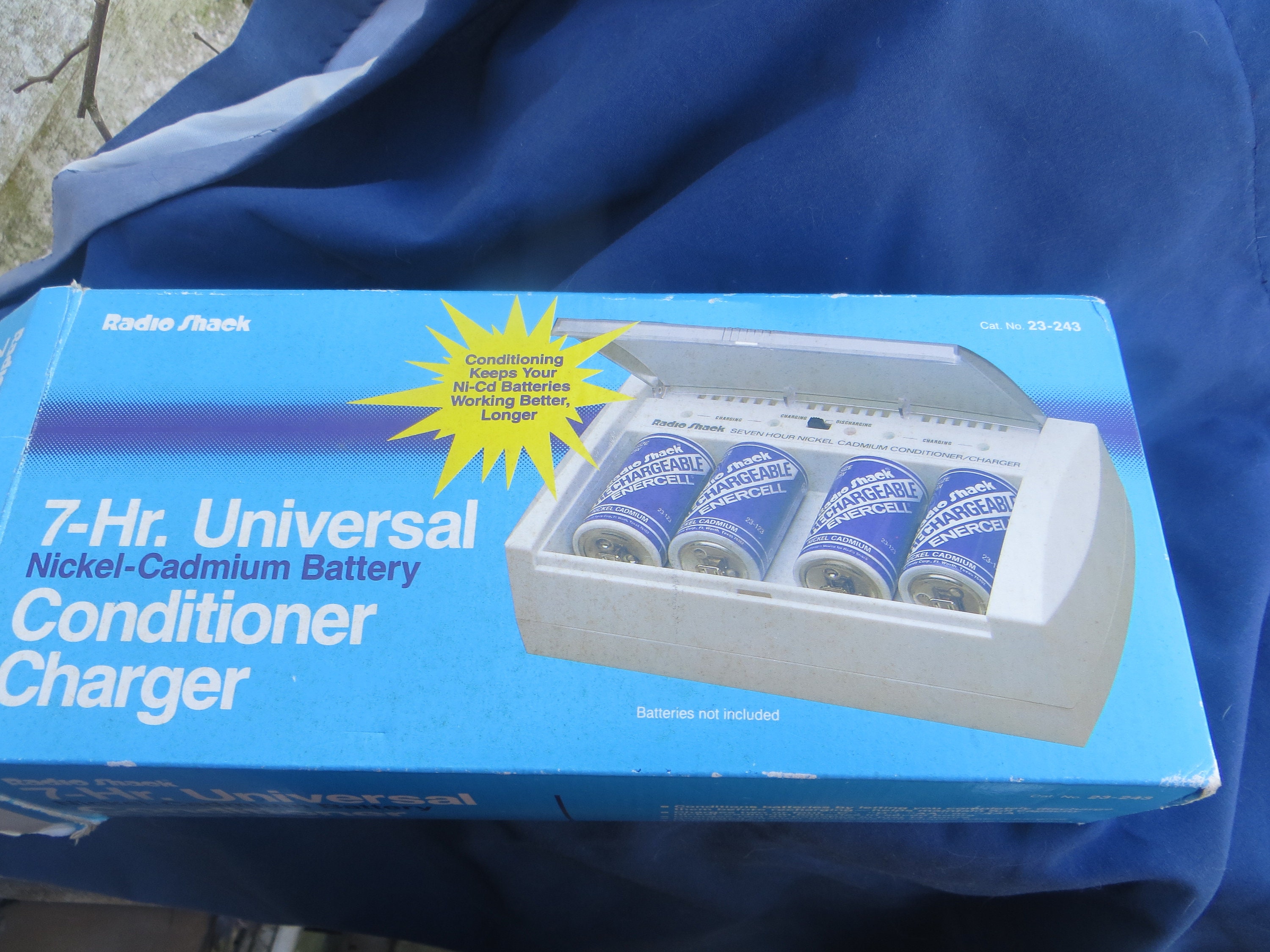

But with the purchase of a Female-to-Female USB connector (I bought mine at Fry's, but Amazon also has them) you can make it work.Ĭonnecting it up - It uses a few of the connectors that come in the box. Second - there is NO connector in the box that fits the proprietary power/data connector for the Transformer Prime. Other chargers might work too, but make sure one of the outputs is a minimum of 12v/2A. I purchased the Anker Astro3 10000 mAh charger. But I solved it.įirst - realize your Transformer Prime requires a minimum of 12 volts to charge, and MOST of the external chargers are 5v only. They're really designed for 14V operation, which is an automobile with the engine running and the alternator spinning.So I've been trying to figure out how to charge my Transformer Prime from an external battery charger when I'm not near AC, but was having a terrible time making it work. They're questionable at 13.8V and get really bad at 12V and terrible at 11V.

I wouldn't run a 500W linear mobile amp from a battery alone, like ever. When charging my tank battery, if the terminal voltage is below 11V it will output 50A for about 30 minutes, but after 12 hours it's down to <1A. Mine can output about 50A for a depleted battery, but can trickle down to 100mA or so for a float and is intended for larger batteries, which is all I'd ever use. When the battery is deeply discharged, the charging current is increased to the max the battery can handle, and then it tapers down as the battery charges until it's a "float." I build my own, never actually bought one. A smart charger senses the charge state and adjusts charging current based on discharge. But I've usually used a smart charging circuit, all linear and not switching, so no RFI of any kind. I've used Army tank batteries for Field Day stations, and one can run a 100W station (output power) using CW or SSB for 24 hours but a tank battery is about 3x the size and weight of a car battery.įor a float charge, usually the 13.8Vdc "station" power supply can be applied to a 12V lead-acid battery, whether wet or gel, and float it forever without damage in a reasonably cool environment. In my case, unless the battery can power what I need it to for at least four hours I wouldn't bother with it. If your load is say 200W and you want it to last two hours, at 12V that is 33.3 AH but remember the AH ratings for batteries are never, ever at full discharge current.

I don't know what the yellow top batteries are offhand, but to size a backup battery it pays to first determine the load and time requirements.


 0 kommentar(er)
0 kommentar(er)
